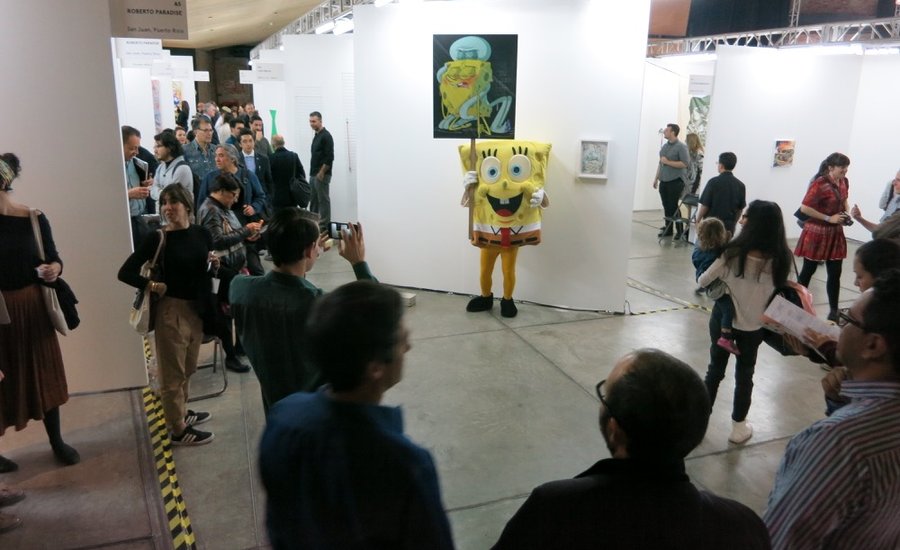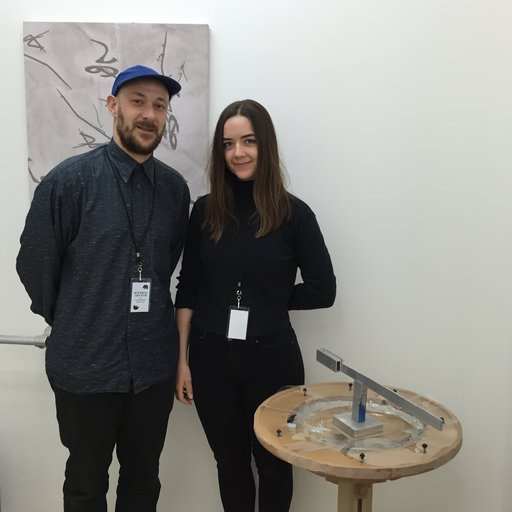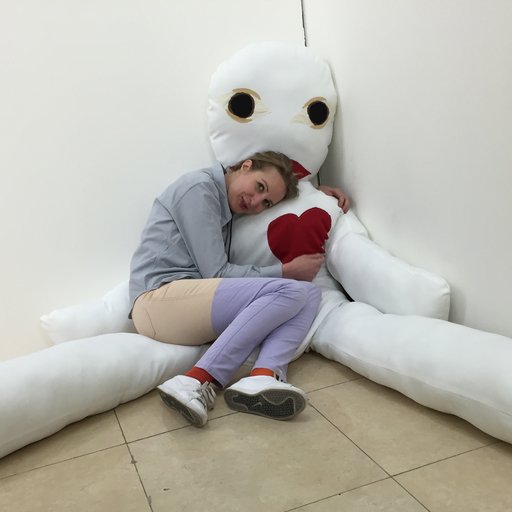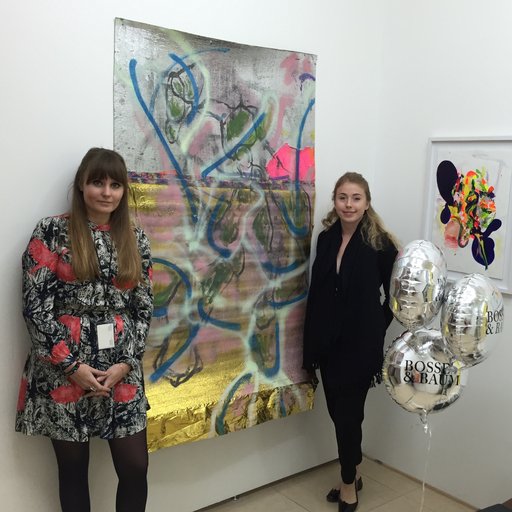Readymades are nothing new in contemporary art, but the artist Puppies Puppies is nevertheless striving to redefine the genre for a new era of art making in her own, deeply strange fashion. She makes almost nothing herself, preferring to source materials like Lord of the Rings and Harry Potter fan art or hand-painted crab carapaces from e-commerce sites like eBay and Etsy. Mass produced items ranging from Swiffers to Minions paraphernalia become part of what she calls "open editions," and perishables and live animals are all fair game.
In this rare long-form interview with Artspace’s Dylan Kerr (conducted, appropriately enough, via GChat) Puppies opened up about the origins of her approach in mall kiosk kitsch, her novel concept of actions as readymades, and why she just can’t get enough automatic antibacterial soap dispensers.
...
First question, because I have to ask—what's behind the name Puppies Puppies?
This story has been passed down and may very well have become distorted over the years. I was living with one of my best friends in grad school. One night, she told me about a person we both knew that had disappeared. Their parents were posting things on Facebook, asking if anyone knew where they were, but the Facebook page of the person only revealed photos of kittens.
A while later, there was a blurb in the news about this person being found wandering the side of the highway— my understanding was that they were wearing a bathrobe. They told the police that they were on a spiritual journey. Regardless of whether or not all the details that made it to me were true, I thought the story was actually quite beautiful—disappearing and leaving only photos of kittens—and so the Puppies Puppies Facebook began. I tend to like dogs more, it has a first and last name, and it’s ephemeral, a fleeting early stage within the life cycle of a dog.
Are you Puppies Puppies, or is Puppies Puppies a character that you're playing?
It’s all the same at this point. Close friends call me Puppies IRL all the time—Puppies doesn’t even try to distinguish the two anymore.
What are you working on now?
A professor who kind of taught me everything I know is visiting me and my partner tonight, so I’ve been getting the place ready as I order art. Not a bad day at all!
Who’s the professor?
His name is Gaylen Gerber. I would say he’s a conceptual painter, but it’s probably more accurate to say he's a conceptual artist at this point in his career. He was in the last Whitney Biennial, actually—his work was a big gray backdrop painting with works by Trevor Shimizu, David Hammons, and Sherrie Levine hung on it periodically throughout the duration of the biennale.
What was it that he taught you?
Basically, all the work I’ve made can be traced back to my psychology in some way—it’s as simple as that. I think many times artists try to pretend there’s no maker of the work, regardless of whether it’s handmade or readymade. They act like there’s no one the work actually leads back to. But all art comes from a person’s brain, the collection of all their previous experiences, traumas, et cetera. I think many artists try to distance themselves from this identity narrative.
Is that how you think about your own use of readymades, as tools for expressing your own identity narrative?
Good question. The objects I use do end up expressing my experiences. For example, I spent an endless amount of time in hospitals when I was younger, both because my mother worked in one but also because I had a brain tumor early on in college. The things I remember being the most visually ubiquitous in a hospital were those anti-bacterial gel dispensers, although I don’t think this memory actually fully informs how the dispensers function within Puppies' practice. I think we all see them everywhere, especially in publicly used places.
It sounds like they have a deeply personal meaning or reference point for you, but they're also something a wider audience can connect with on some level. Is this where the use of pop culture characters and cartoons—Voldemort, Gollum, Spongebob, Shrek—comes into play? Do you think about those characters as readymades themselves?
Yes, totally. Usually, they’re also doing a simple gesture over and over that relates to something one already sees out in the world. Examples include Spongebob protesting at last year’s Material or Voldemort sleeping during my residency at Caribic/Lifesport in Athens.
Actually, that’s Voldemort as an insomniac, so he takes a high-grade sleeping pill—I take sleeping pills because I’m an insomniac, but so is Voldemort in this narrative. Anyway, the simple act of sleeping—ingesting the pill and feeling its effects—is also readymade.
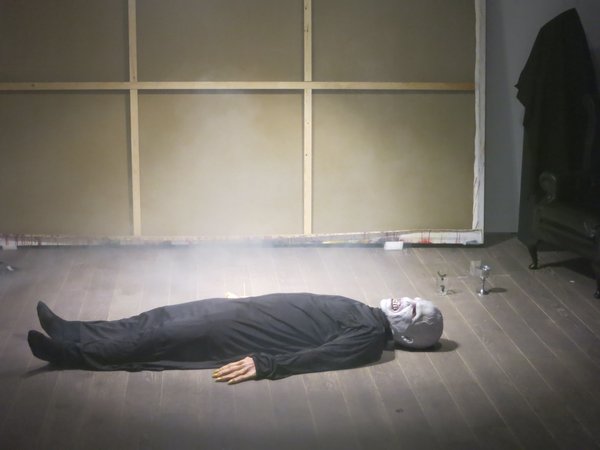
That action is a readymade?
Yes, exactly—actions can be readymades, in my opinion. I actually think that’s how Puppies tries to differ from Duchamp, however crazy that sounds. In Puppies's work, the objects must function or else they’re props. I guess the toilet won’t function at the upcoming Queer Thoughts booth in Material because it's just not possible in the space, but I did a show at a space in Chicago called Courtney Blades that essentially turned the whole gallery into a bathroom by dispersing all the functional elements of a bathroom. The readymade aspect is apparent, but the fact that everything functions as it normally would is how it differs from the urinal as a sculpture. The fact that the dispensers work and are used for their purpose really matters, and also dips into the performative action.
Why the fascination with the performative actions of the bathroom specifically? They seem to come up in a lot of your work.
Yes, the bathroom has come up an overwhelming amount of times. Puppies isn’t sure, but Puppies thinks Puppies just wants to boil life down to the basics. Life is complicated, but we do sleep a fair amount, eat a fair amount, and shit and piss a fair amount. Boiling things down to these simple gestures make you realize how important something like the bathroom is in the scheme of life.
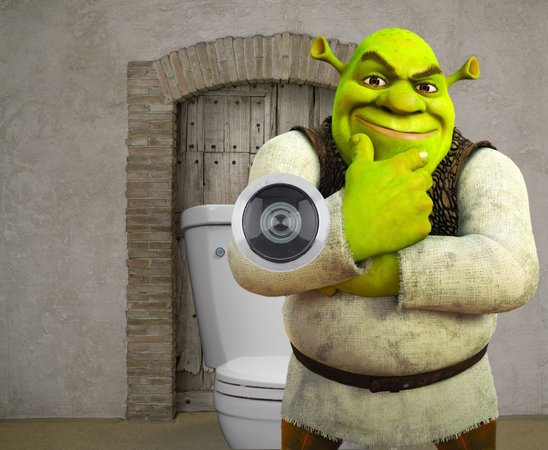 "Sketch" for the upcoming performance for Queer Thoughts at Material Art Fair 2016. Image courtesy of the artist.
"Sketch" for the upcoming performance for Queer Thoughts at Material Art Fair 2016. Image courtesy of the artist.
What's the function of labeling every day, still-functional things and actions as artworks? Are they still readymade artworks when they're not in the context of the installation, and if so how does one relate to those items outside of that context?
I won't tell you what to think in this scenario, because that murkiness is very, very, very important to me. It was hard to navigate these feelings when installing the What Pipeline show. It was installed a certain way and stayed that way, but my crucial decision was saying that some things could be touched and used and some things couldn’t, which kind of killed the idea a bit, to be honest.
How so?
In reality, the way the dishes and clothes function in my home is how they should function in the gallery—plates should be eaten upon, clothes should be worn—but that didn't happen. It was too complicated to protect these things but also let them act as I think they should.
 Installation view of "Green" at What Pipeline. Image courtesy of the artist and What Pipeline.
Installation view of "Green" at What Pipeline. Image courtesy of the artist and What Pipeline.
Are they still precious in the sense of being art objects?
I mean, yes, they're art because I've deemed them so, but some are more precious than others. My grandmother Toyoko's blue sake set from Japan was in the show and is one of the only things left of hers, but the plastic dishes my partner and I eat on are less valuable, in my opinion. This is how we all function in the world, I think. There’s a range of value within the group of objects we use on a day-to-day basis.
How do these concerns change when it comes to collectors?
It can be rough. Many of the pieces are open editions, which is funny because the unlimited quality is never really taken advantage of. It undermines the uniqueness, the scarcity, the preciousness.
That’s the fundamental challenge of readymades to the rest of art, in my opinion. Could someone buy a plate off eBay that looks like one you’ve used in an installation and have a bonafide Puppies Puppies original?
That’s a very hard question. Many people need some sort of verification with the gallery that’s showing the work that this plate is truly a Puppies Puppies. At first, Puppies said Puppies wouldn’t sign any artworks, because it makes them truly different from the other ones out in the world that simply function and aren’t deemed art. I've only signed one physical artwork on a portion that will fall off over time, so I don't think of it as actually being signed. That said, certificates have been requested in the past and I have created them for very particular artworks.
Is that verification a necessary part of the process of labeling these items as artworks? Or is it enough to just see that you used the same one for you to consider it part of your open edition?
I tend to think an object’s history plays into its value. From a collector’s standpoint, I probably want the dishes the artist and his partner ate off of rather than the ones that got ordered for me months after the show. I’m still trying to figure out if this history matters in relation to the actual value of the thing, or if in fact they are all the same and my sensitivity toward the history of an object can eventually be erased over time.
How did you get into this mode of art making in the first place?
I'm not entirely sure. I think I was just super angry about how unfair the world is, not solely from my perspective but just growing up and seeing how horrible things can be. I'm a lot less angry than I used to be, but maybe it goes into the art a little bit.











